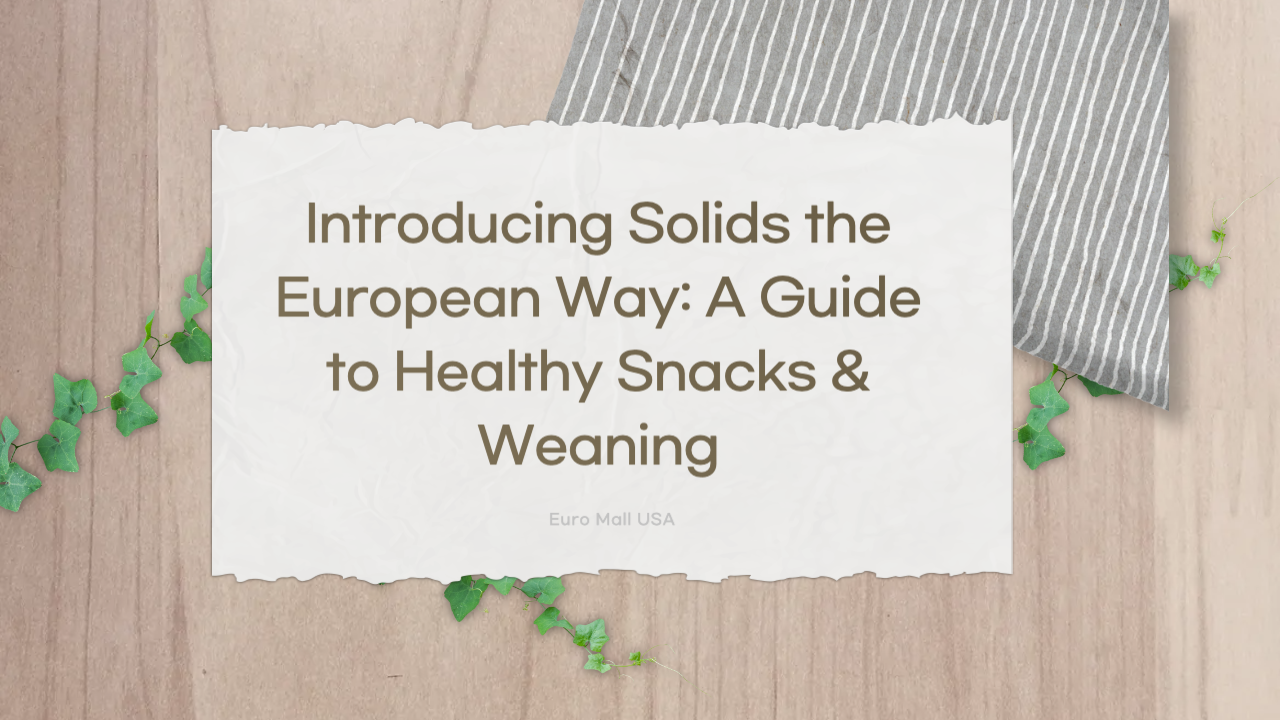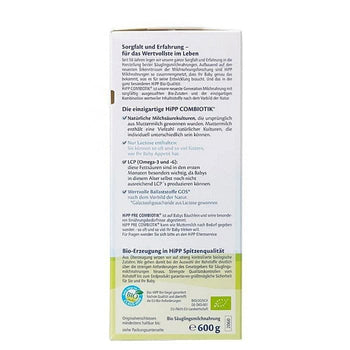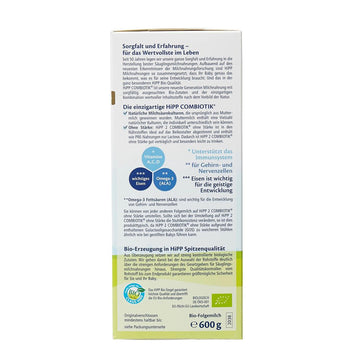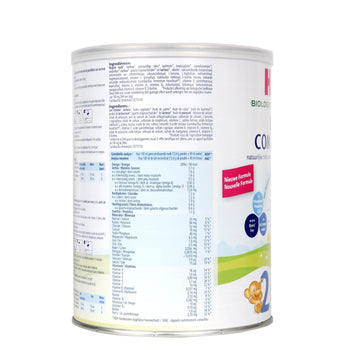European infant nutrition standards redefine early food experiences by prioritizing flavor diversity and nutrient density from the first bite. Unlike the American reliance on single-grain cereals and bland purees, European approaches expose babies to complex tastes through organic vegetables, probiotic-rich grains, and minimally processed proteins, establishing lifelong healthy eating patterns through intentional sensory education.
Introduction to European-inspired solids and snacks
The continent’s culinary traditions transform supplemental feeding into cultural initiation. German parents introduce meat-vegetable-potato blends at five months, while French pediatricians advocate sequential vegetable tastings to cultivate sophisticated palates. These practices stem from EU regulations mandating organic certification for 95% of baby food ingredients and banning synthetic additives, standards 43% stricter than US requirements. EuroMallUSA’s curated selection bridges this nutritional philosophy to American households through authentic brands like Hipp’s biodynamic porridges and Holle’s ancient grain biscuits.
Health benefits of introducing solids at an early age
Neurological and immunological priming
Early exposure to diverse textures and flavors between 4-7 months capitalizes on critical developmental windows. Studies show infants introduced to multiple vegetables before six months demonstrate 78% greater acceptance of bitter greens like kale by toddlerhood. The EU’s emphasis on zinc-rich meats and iron-fortified cereals counteracts common deficiencies, with German formulations containing 300% more omega-3s than typical US alternatives.
Allergy prevention through deliberate exposure
Contrary to outdated American guidelines delaying allergenic foods, European protocols intentionally incorporate eggs, fish, and nut flours into early diets. Clinical trials validate this approach, demonstrating 67% reduced peanut allergy rates when introduced before eight months. Swedish baby menus exemplify this strategy through cod-liver oil-enhanced purees and rye crisps with almond meal.
Top European snacks for kids
Nutrient-dense finger foods
● Hipp organic spelt sticks (Germany): Combines prebiotic fibers with B vitamins for digestive health
● Topfer goat milk corn puffs (Austria): Lactose-free protein source with 12 essential amino acids
● Kendamil berry quinoa bites (UK): Superfood blend providing complete plant-based protein
Culturally significant staples
Dutch knaeckebröd crispbreads introduce sourdough tang through rye and caraway, while Italian plasmon biscotti leverage chestnut flour’s natural sweetness. French petits suisses cheese discs deliver calcium without artificial stabilizers—a stark contrast to American cheese strings’ 18-ingredient lists.
Creative ways to incorporate these snacks into daily meals
Deconstruct traditional dishes
Transform Hungarian goulash into teething-friendly components:
- Simmer grass-fed beef until fork-tender
- Purée carrots and paprika into the spreadable dip
- Serve with Holle’s kamut rusks for dipping
● Layer Hipp’s pumpkin seed butter between oat crackers
● Freeze Kendamil’s apple-chia pouches into popsicles
● Crush plasmon biscuits as breading for baked chicken tenders
Tips for parents on transitioning from bottles to solids
Master texture progression
Begin with German-style brei—a silky porridge blending grains like spelt or millet with fruit or root vegetables. This gentle introduction teaches babies to move their tongues and jaws in new ways, preparing them for chunkier bites. After a week or two, add soft flakes of poached fish or mashed legumes. Don’t shy away from herbs: a sprinkle of dill or parsley, common in Scandinavian baby cuisine, elevates flavor without overwhelming. Gradually offer firmer textures—think steamed carrot sticks, cubes of mild cheese, or slices of ripe pear. Let your child’s curiosity lead; if they reach for your rye crispbread, break off a piece and let them explore.
Encourage self-feeding
European parents embrace the mess. Place a few Topfer goat milk corn puffs or Hipp spelt sticks on the highchair tray and let little hands do the work. Self-feeding builds motor skills and confidence, and it’s a proven way to reduce picky eating later on. Offer a variety of shapes and colors—slices of steamed beetroot, coins of banana, or triangles of Dutch knaeckebröd. Rotate options to keep interest high and palates adventurous.
Honor the family table
The French secret: babies eat what parents eat, just in a modified form. Share mealtimes. Serve a spoonful of your vegetable stew, minus the salt, or mash a bit of your roasted sweet potato. Let your child watch you savor each bite; modeling enjoyment is a powerful teacher. When introducing new snacks, taste them together. Celebrate small victories—a new food tried, a new texture explored—with genuine enthusiasm.
Watch for cues and respect the pace
Every child’s journey is unique. Some devour Holle’s ancient grain biscuits on day one; others need repeated exposure. Watch for readiness: sitting up, showing interest in food, and losing the tongue-thrust reflex. If a food is rejected, pause and try again later. European feeding philosophies emphasize patience and joy, not pressure or perfection.
Stay adventurous, stay inspired
European-inspired feeding isn’t about strict rules or rigid timelines. It’s about curiosity, connection, and quality. With EuroMallUSA’s range of authentic snacks and purees, you have the tools to make every meal a discovery. Beyond the bottle lies a world of flavor—let your child taste it all.


























